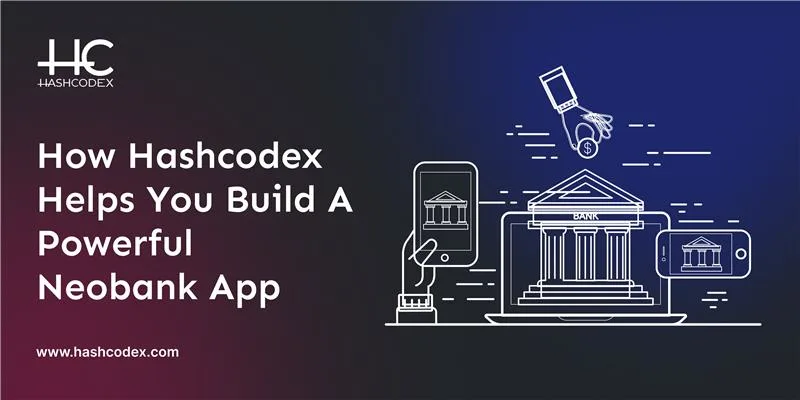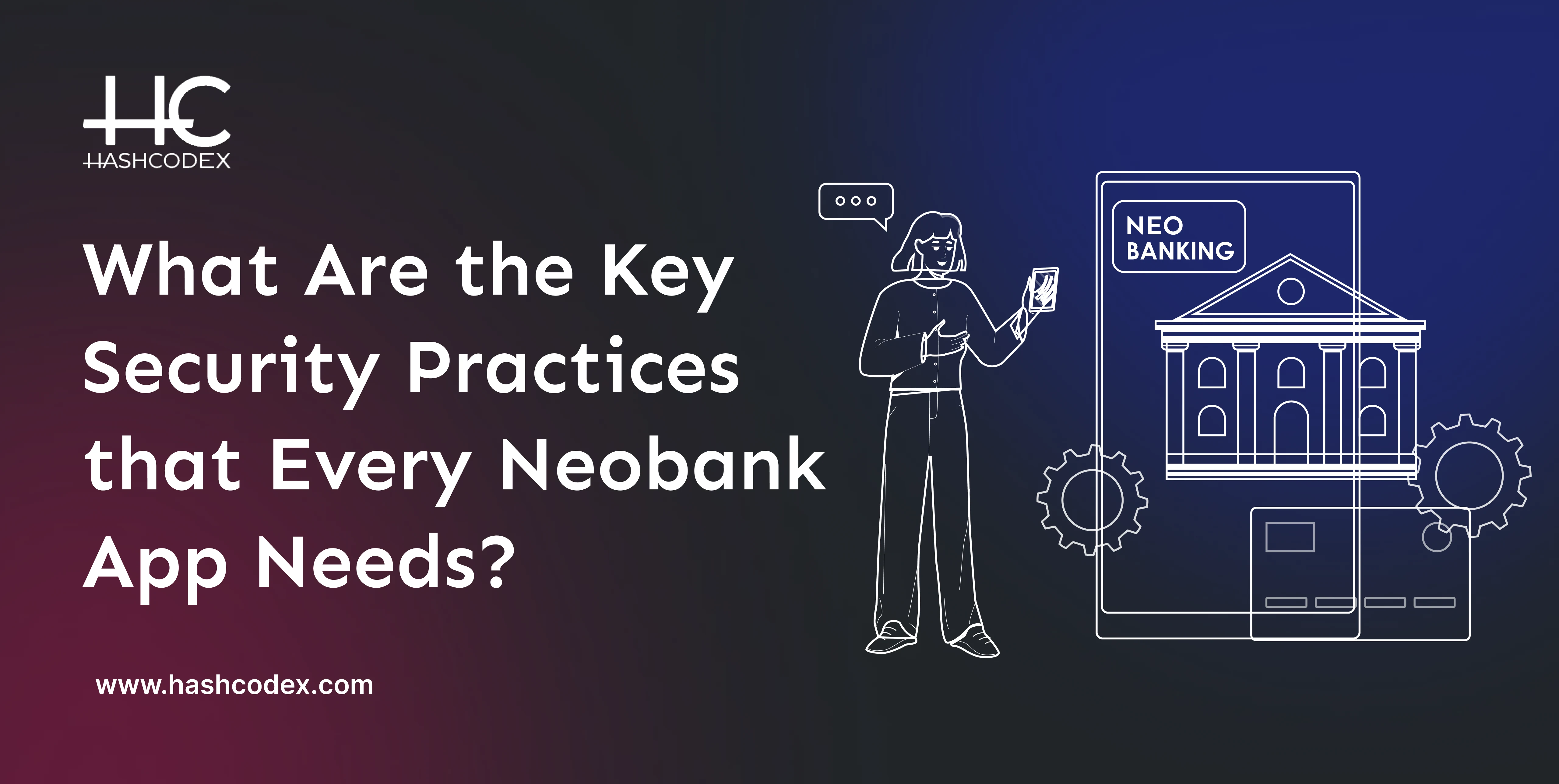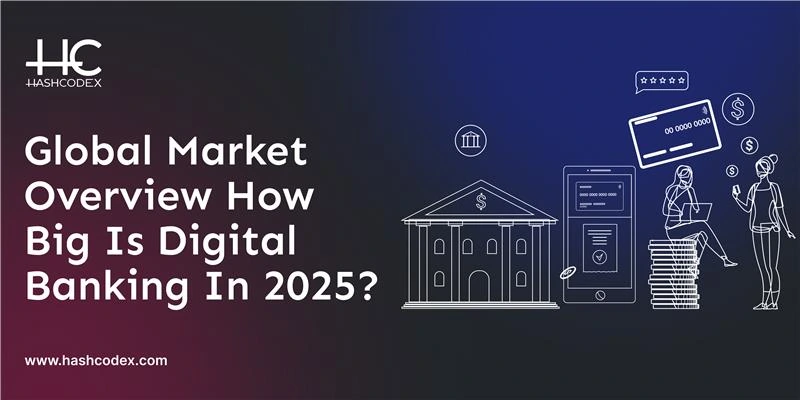If you're here, you're probably thinking about starting a digital bank in the Middle East.
If that’s true, you're making a smart choice, especially if you're serious about digital banking.
And if that’s the case, you need to look at Saudi Arabia. Right now.
Here’s why this matters.
In 2024, D360 became the first fully licensed digital bank in Saudi Arabia. Then, in early 2025, STC Bank and Vision Bank also got approved by the Saudi Central Bank.
That’s three digital banks entering the market in just one year. Not a small thing.
Now, let’s zoom out a bit.
Saudi Arabia’s Vision 2030 is changing the game. More people use mobile banking than physical branches. Gen Z and millennials want speed, ease, and app-based banking.
So if you're planning to launch a digital-first bank, this is where your journey begins.
There's a lot happening. Let’s take a closer look.
The Rise of Digital Banking in Saudi Arabia
Every year, Saudi Arabia’s fintech market is growing by 30%. This is not just a small change. It’s a major shift in how people use banking.
Mobile-first banking is replacing traditional branch visits. Contactless payments have become normal. Wallet apps are slowly replacing cash. Last year, more than 70% of payments in Saudi Arabia were made without using cash. That number will go even higher in 2026.
Across the MENA region, 30% of all startup funding now goes to fintech. In the UAE, almost 89% of people use digital-first bank accounts. Gen Z and millennials trust apps more than physical banks. Because of this, many banks are now planning digital-only features.
Saudi Arabia’s Vision 2030 supports this growth. It encourages new technology, open banking, and digital innovation. What we are seeing is not just a trend. It’s the future of banking in the region.
Is Saudi Arabia the Best Place to Start a Digital Bank?
Yes. And here's what makes it special.
Saudi Arabia is moving fast in the fintech space. The mobile payment usage rate is expected to cross 80 percent in 2025. Gen Z and young adults prefer digital banking over traditional services.
Vision 2030 is giving strong support to fintech and digital transformation. New laws, startup funding, and a clear roadmap make it easier to enter this space. If you're looking for a country with demand, support, and low competition, Saudi Arabia is the place to be.
Licensing and Regulations from SAMA
You need a license from the Saudi Central Bank to run a digital bank. Here’s what you need to know.
License options
You can apply for a sandbox license (test with a small group) or a full digital bank license.
Sandbox model
This lets you test your idea in a live but controlled environment. It’s great for early-stage startups.
Full license
This gives full rights to operate as a digital bank across Saudi Arabia. It requires strong documentation and a team.
Shariah compliance
You must follow Islamic finance laws. Hire legal experts who know local rules.
Approval time
Expect 6 to 12 months, depending on how ready your business is.
Cost Details: What Does It Take to Build a Digital Bank in Saudi Arabia?
Let’s talk numbers. What should you expect to spend?
Tech cost
Building a custom digital banking platform can cost anywhere between $100,000- $10 million USD. Choosing a white-label solution can reduce this cost by up to 70%, making it a much more budget-friendly option.
Legal and license
Getting legal support and regulatory approval could cost anywhere from SAR 1 million to SAR 10 million, depending on the complexity of your application and the consultants you work with.
Team and operations
Staff and support costs should range from 30,000 to 50,000 USD per month.
Ongoing costs
After launch, plan for 10,000 USD or more per month for updates and user support.
Saving tips
Start with a minimum viable product, use cloud tools, outsource early-stage work, and apply for local grants.
Opportunities to Explore in Saudi Arabia’s Fintech Market
There are still gaps in the market. That means opportunities for you.
Digital wallets
Users want more flexible wallet apps. Add features like loyalty rewards, bill splits, and gift card options.
Buy Now Pay Later (BNPL)
BNPL is growing in e-commerce. You can build a Shariah-compliant model for this space.
Remittance and microloans
Expats need easy ways to send money. Also, small loans are in demand for day-to-day use.
Islamic fintech
There’s room for innovation in Islamic banking tools. Many users want modern apps with Islamic rules.
Why is Saudi Arabia a Fintech Magnet for Entrepreneurs?
Here’s what makes Saudi Arabia attractive for founders.
Proven success stories
Startups like D360, STC Pay, and Tweeq are already winning in this space. That proves it works.
Strong government support
Vision 2030, the SAMA sandbox, and digital banking policies are opening doors for founders.
Active investors
Fintech startups are getting attention from both local and global investors. That means more funding opportunities.
Low competition
Unlike the US or UK, the Saudi fintech space is still wide open. You have room to grow.
Types of Digital Banks You’ll Find Across the Middle East
In the Middle East, digital banking is growing fast. More people are using mobile apps and online platforms instead of visiting a bank branch. But not all digital banks are the same. Let’s look at the main types you’ll come across in this region.
1. Challenger Banks
These banks are fully digital and not linked to any traditional bank. You can open an account online and manage everything through a mobile app.
They focus on speed, low fees, and simple services. Most are started by fintech startups and target young users and small businesses.
2. Digital-Only Banks by Traditional Banks
These are digital banks created by big traditional banks. They work separately but have the trust of their parent bank.
You can do all banking activities online. These banks are made for tech-savvy users who prefer app-based services.
3. Islamic Digital Banks
These banks follow Islamic laws. They do not charge interest and provide halal financial services through digital platforms.
They can be new fintech banks or digital wings of Islamic banks. They are popular among users who want faith-based banking.
4. Government-Backed Digital Banks
Some digital banks are supported by the government. These banks follow strong rules and are licensed by national regulators.
They help bring banking to more people, especially in rural or underbanked areas. They also support digital transformation goals.
Final Thoughts
So, what’s next for your digital banking journey?
If you’re planning to grow in Saudi Arabia’s fast-moving fintech space, you’ll need more than just a good idea. A strong plan, the right team, and a clear understanding of the local market are must-haves.
Many skip this part and end up facing problems later.
To build something that works well, you need a digital banking solutions provider who understands the region and its users. Without that, it’s difficult to reach real success.
That’s where Hashcodex can help. We create user-friendly, secure, and scalable digital banking solutions made for the Middle East. With our experience, your platform can stand out in the market and grow with confidence.
Want to talk with our team? Send us a message on WhatsApp.
Start now, move forward step by step, and build something strong for the future.
FAQs for Starting a Digital Bank in Saudi Arabia
Can expats start a digital bank?
Yes. You need a legal entity in Saudi Arabia and must follow SAMA’s rules.
How long does approval take?
Usually, 6 to 12 months, depending on how complete your plan and documents are.
Is a physical office required?
Yes. Even if your bank is digital, you’ll need a local address to show operations, especially for foreign investors.
What kind of legal help do I need?
Hire a team that understands SAMA rules, Saudi business law, and Islamic finance compliance.











